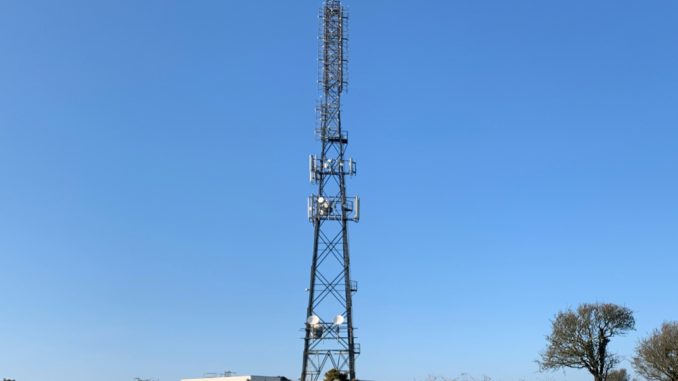
Ofcom has told some local DAB multiplex operators they no longer need to provide extra agreed coverage to renew their licences.
In 2020, Ofcom published the ‘Renewal procedure for local radio multiplex licences’, which set out the requirements each multiplex licensee must meet in order to secure the renewal of their multiplex licence to December 2030.
This included building out some multiplexes to reach a previously agreed coverage plan.
Instead, maintaining current coverage levels becomes a condition of the licence for the renewed period, which Ofcom says secures the availability of those services on that multiplex in the areas they are currently available.
The original coverage plans were developed and published by Ofcom in connection with the Framework Agreement on Local DAB Expansion. The Framework Agreement set out two lists of transmitter sites that would help local DAB coverage to match existing FM coverage.
The first, the ‘Expansion Plan’, set out the ‘Step 1 sites’, comprising 182 new transmitters and modifications to 49 existing transmitters. The second list detailed a number of ‘Step 2 sites’, which were to be built out by the relevant multiplex operators no later than one year before a government-mandated analogue switch-off date.
But Ofcom is now revising its position on the procedure to renew local multiplex licences, saying the so-called Step 2 sites would only add only a very small number of households to the coverage, with some adding just a handful of new households.
Ofcom explains why the change:
In the event that a local radio multiplex service does not meet the criteria for renewal, the only way for coverage to continue would be for Ofcom to re-advertise the licence. The incumbent licensee would need to reapply for the licence if it wished to continue providing its local radio multiplex service.
Applicants for a local radio multiplex licence are required to specify the area they wish to cover, as one of the matters Ofcom must consider when deciding on the licence award is the extent of coverage proposed by an applicant.
However, there is no guarantee that any applicant for a re-advertised local radio multiplex licence would propose to provide the same level of coverage offered by the existing licensee. Against a context of increased energy prices and licensees seeking to reduce costs, there is a very real risk that coverage would actually be smaller under a new licence award. There is also the risk that neither the incumbent nor a potential new operator applies for the new licence, leaving the area without a local radio multiplex service at all.
One other important factor is that, in the absence of a government-mandated switch off date, the terms of the Framework Agreement do not yet require that parties to the Agreement build out the relevant ‘Step 2’ sites. This could be seen as further evidence to suggest that incumbent local radio multiplex licensees who have not yet built their ‘Step 2’ sites are unlikely to do so in order to secure licence renewal, and would instead seek to re-apply for their licences in an open competition.
The changes apply to the multiplexes covering:
• Aberdeen
• Inverness
• Lincolnshire
• Mid & West Wales
• Northern Ireland
• Somerset
• Suffolk
• Tayside
This story first appeared on radiotoday.co.uk
